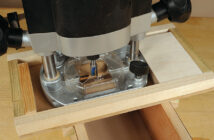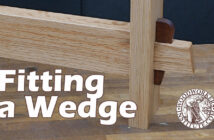Router Tables Lowdown
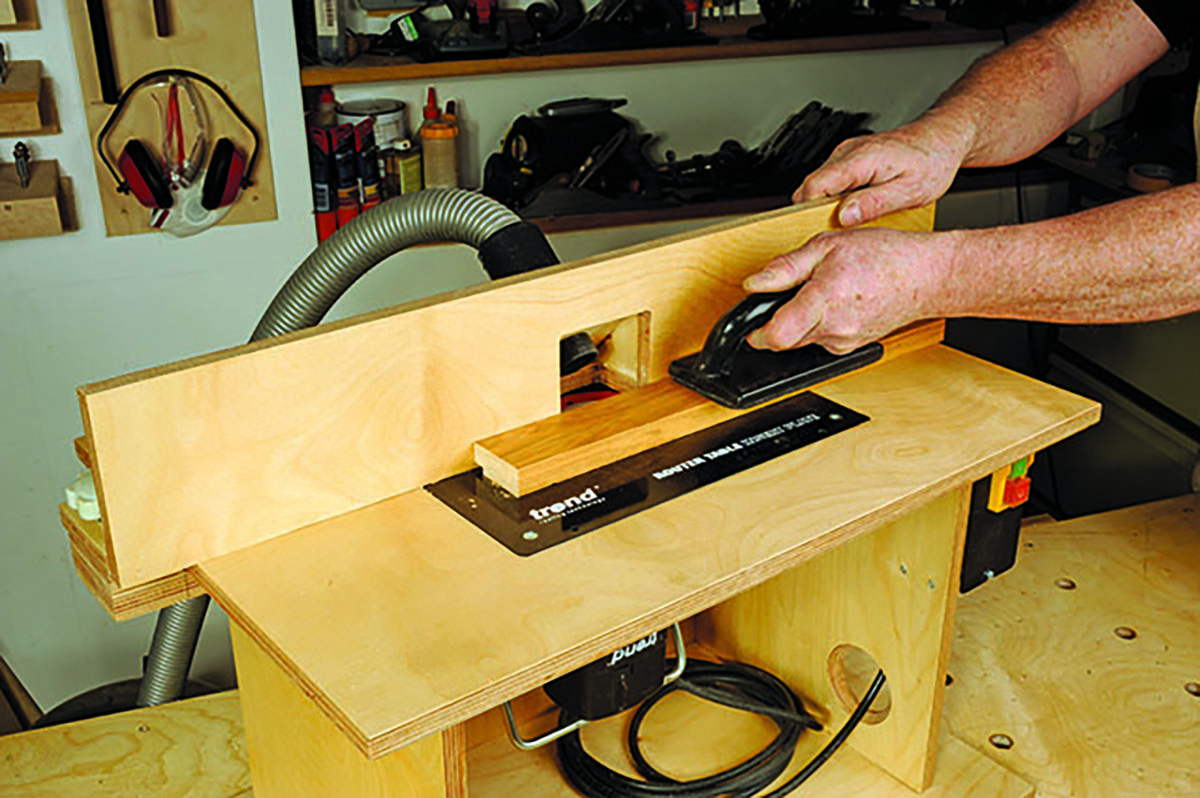
We give the lowdown on router tables, bought and homemade
Anyone who owns a router invariably seems to want a router table to go with it. There are various considerations, though, when you want to upgrade by fitting a router in a table. Here are some things to look out for when taking this important step to improving your routing technique. Table routing brings a level of accuracy and control. which is difficult to achieve by working freehand. But, there are various tips and tricks which can help to make it even more successful.
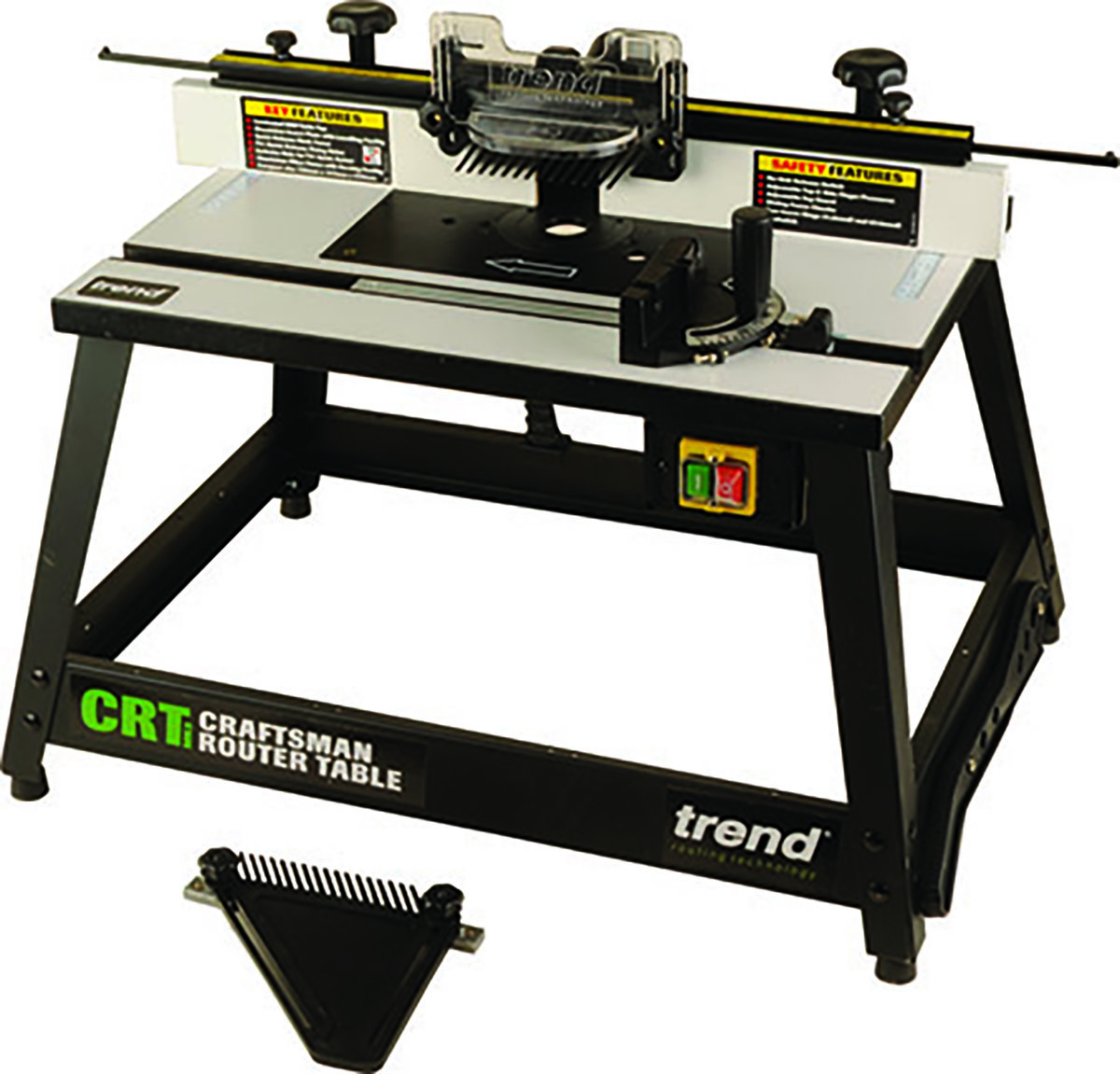
There are various manufactured router tables on the market but be careful to check whether they have all the necessary features you will need. They also cost a lot of money so you need to make the right choice.
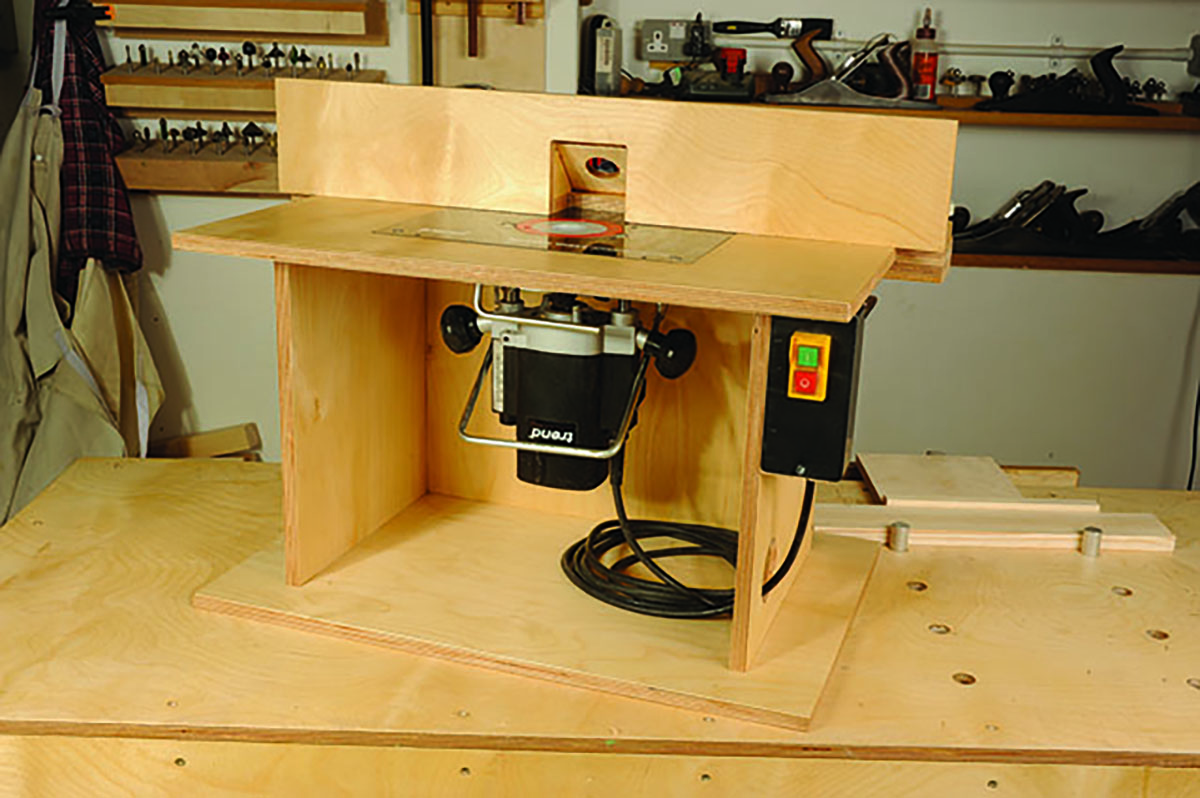
It is perfectly possible to make your own router table, from the very simple to quite advanced. There are various fittings you can buy, which can be used to make it work properly.
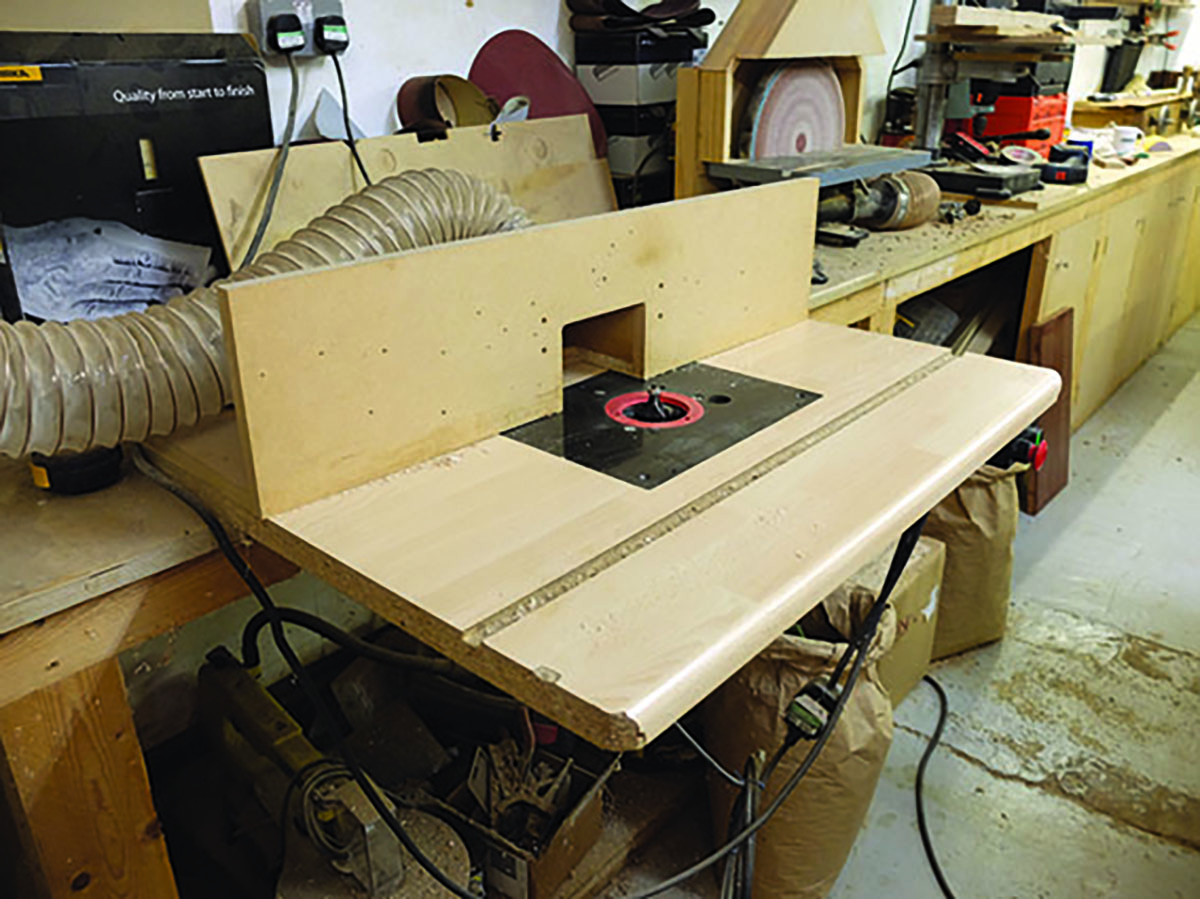
The table needs to be really flat and smooth so the workpieces will move easily across the surface and machine up with consistent accuracy. Melamine faced board, post-form kitchen worktop, varnished birch (Betula pendula) ply and cast iron are typical materials for this application.
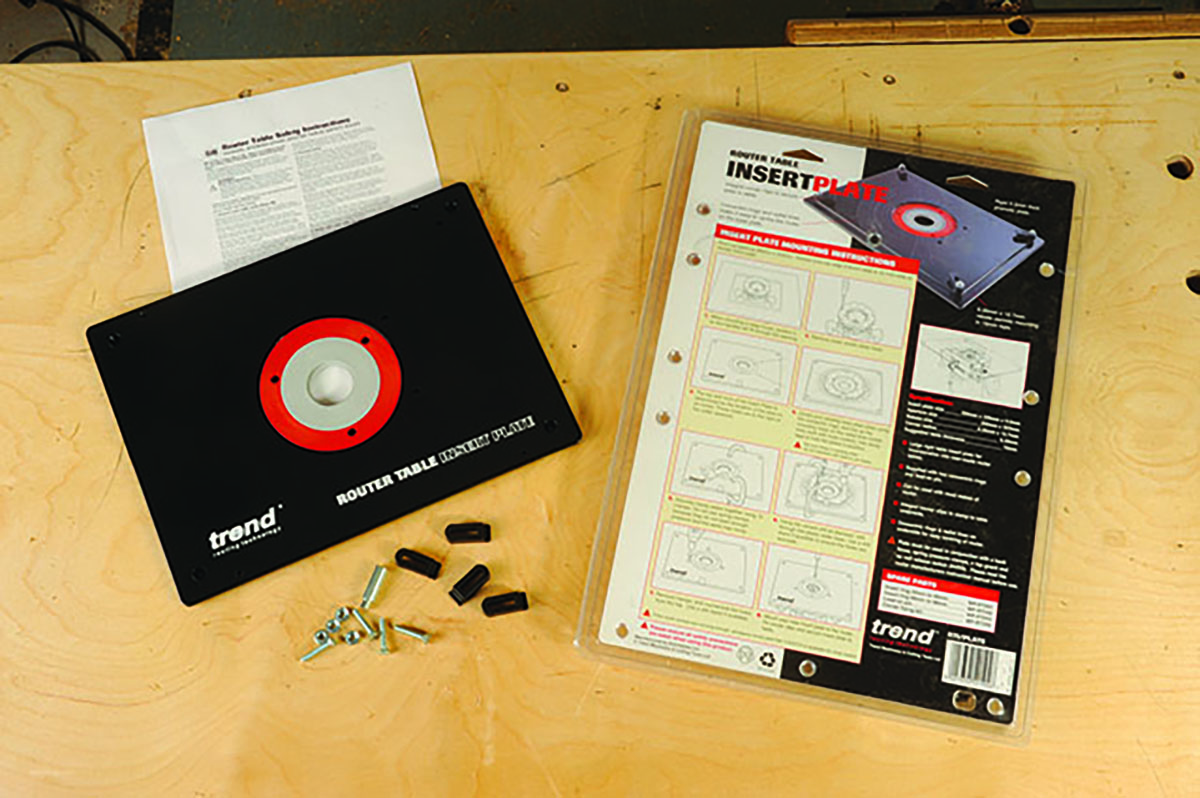
The router needs to be fixed to an insert plate or a thinner area in the middle of the table so the amount of cutter projection doesn’t reduce much. There is some skill in accurately cutting out a recess for an insert plate, but it will be strong and reliable and you can lift it out with the router attached for access to controls.
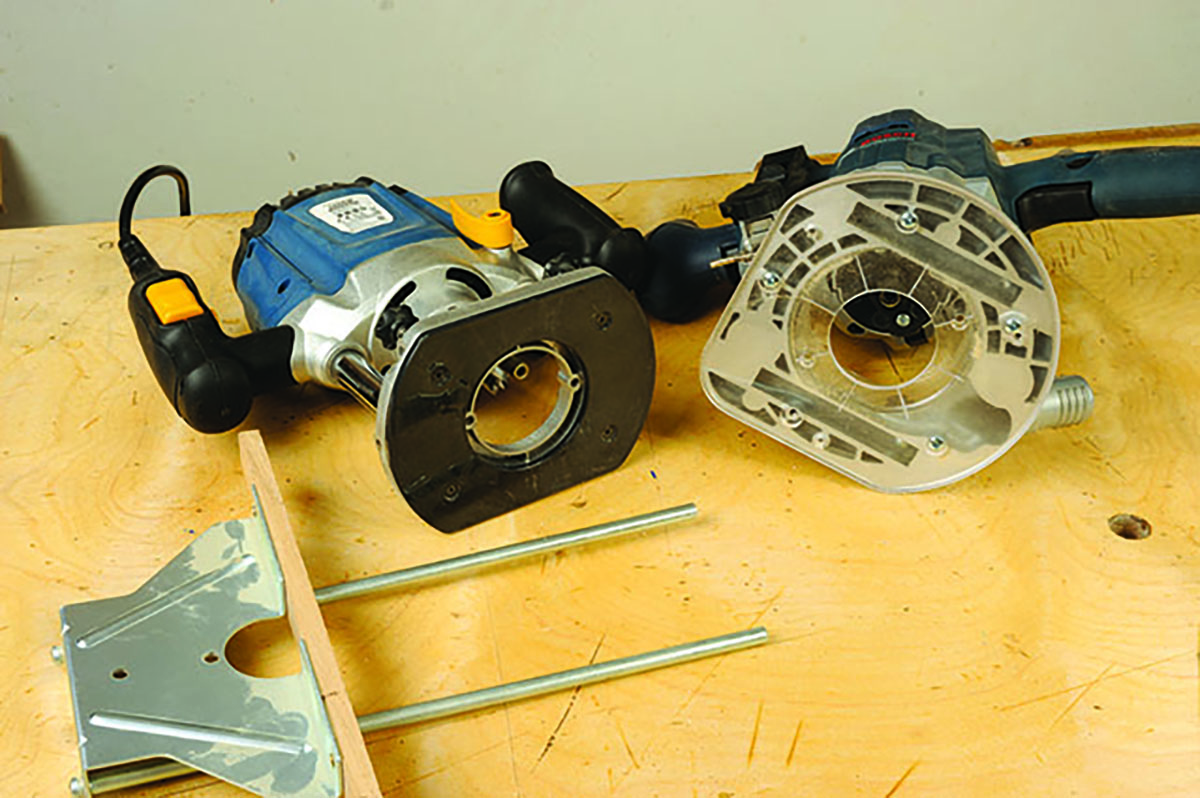
Better quality routers have fixing holes in the baseplate to mount them in a table. Cheap routers may not and this will present a real problem. If you have a homemade table you can at least make some clamps to hold the fence rods or the base securely in place.
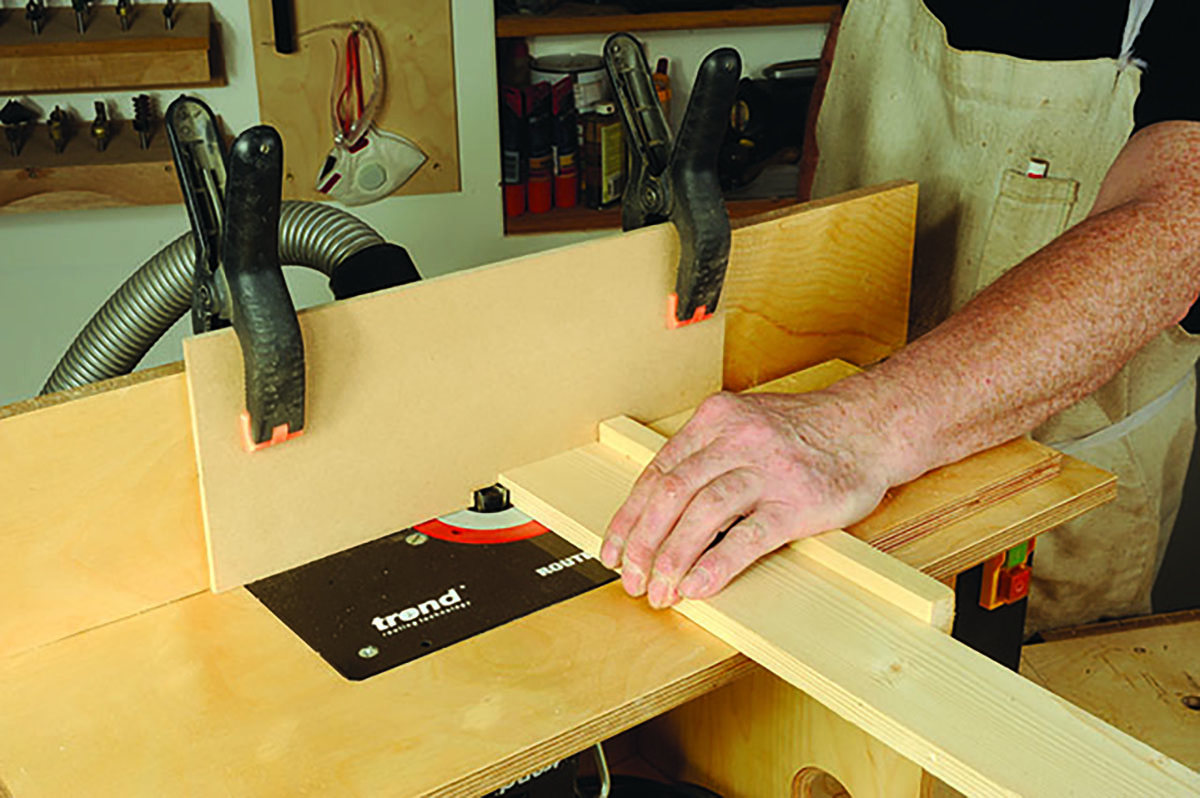
The straight fence, which is used for many operations, is often rather low and has square-ended sliding sub-faces on a manufactured table. It needs to be capable of accepting an MDF ‘breakthrough’ fence which will give more height and work support around the cutter for a cleaner cut. The fence must have a dust extraction port, although is less effective with a sub fence in place.
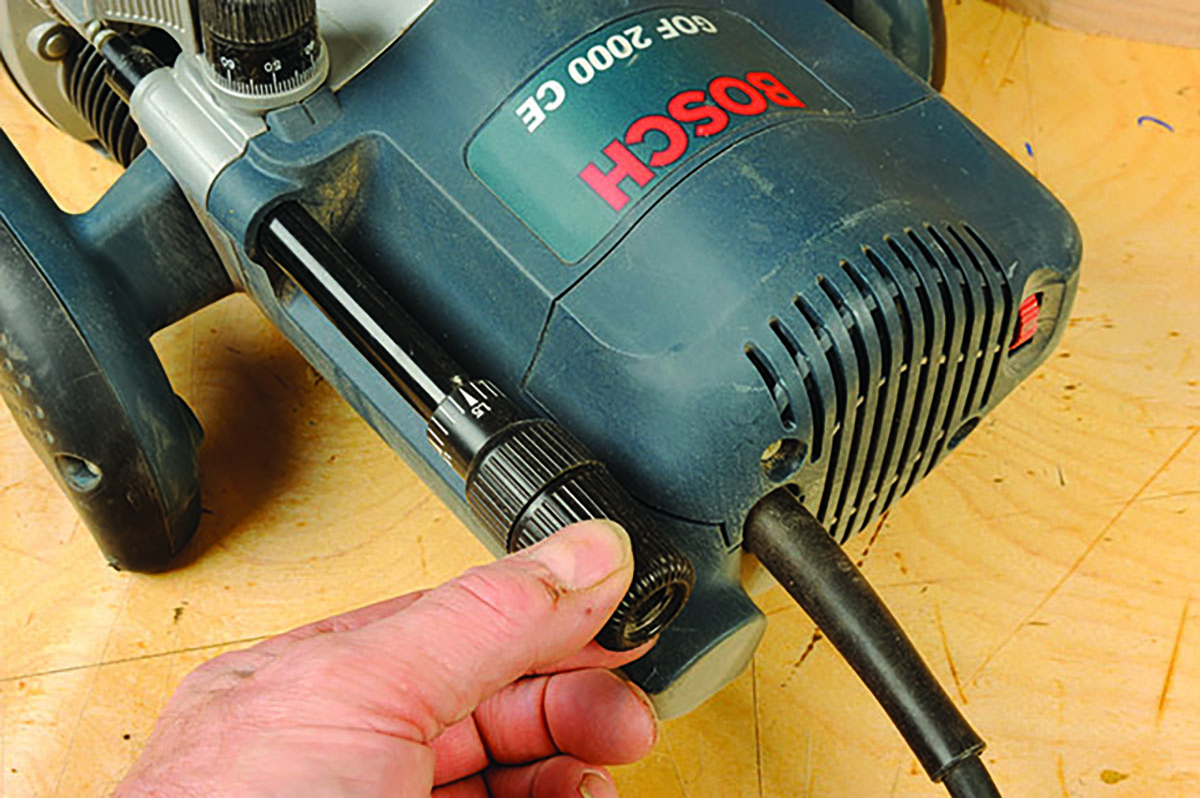
A major issue is whether the router is capable of fine height adjustment. Some routers have this inbuilt, while others aren’t intended for table inversion and are difficult to raise and lower smoothly and safely. There are some third-party devices which can be fitted to approved router models to make fine height adjustment possible.
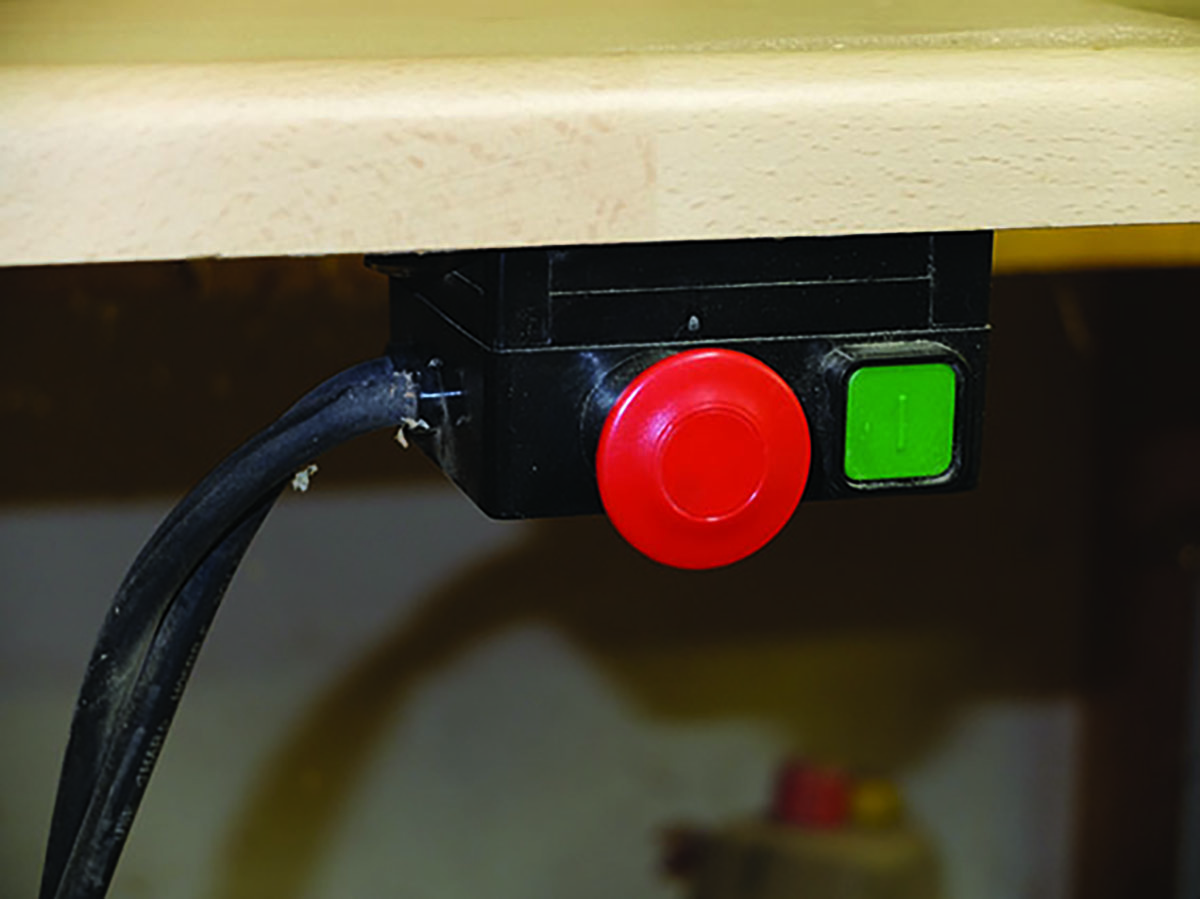
You must have an NVR switch fitted to the table. This is used instead of the router’s own switch, which is set at the ‘ON’ position. It means your fingers don’t go anywhere near the router hidden under the table and if the power is cut, the router cannot accidentally restart.
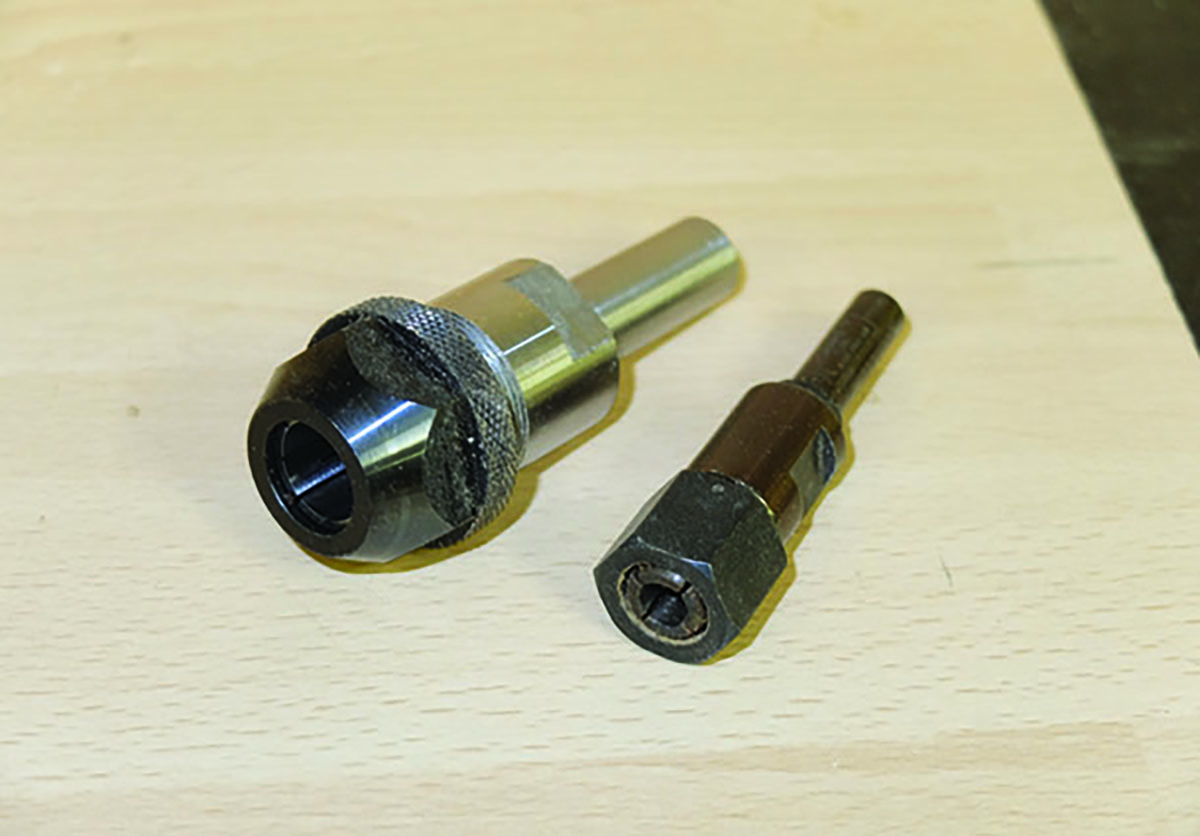
If you need the cutters to protrude more so you can utilise the full cutter height, there are special extenders you can buy which allow you to do this safely.
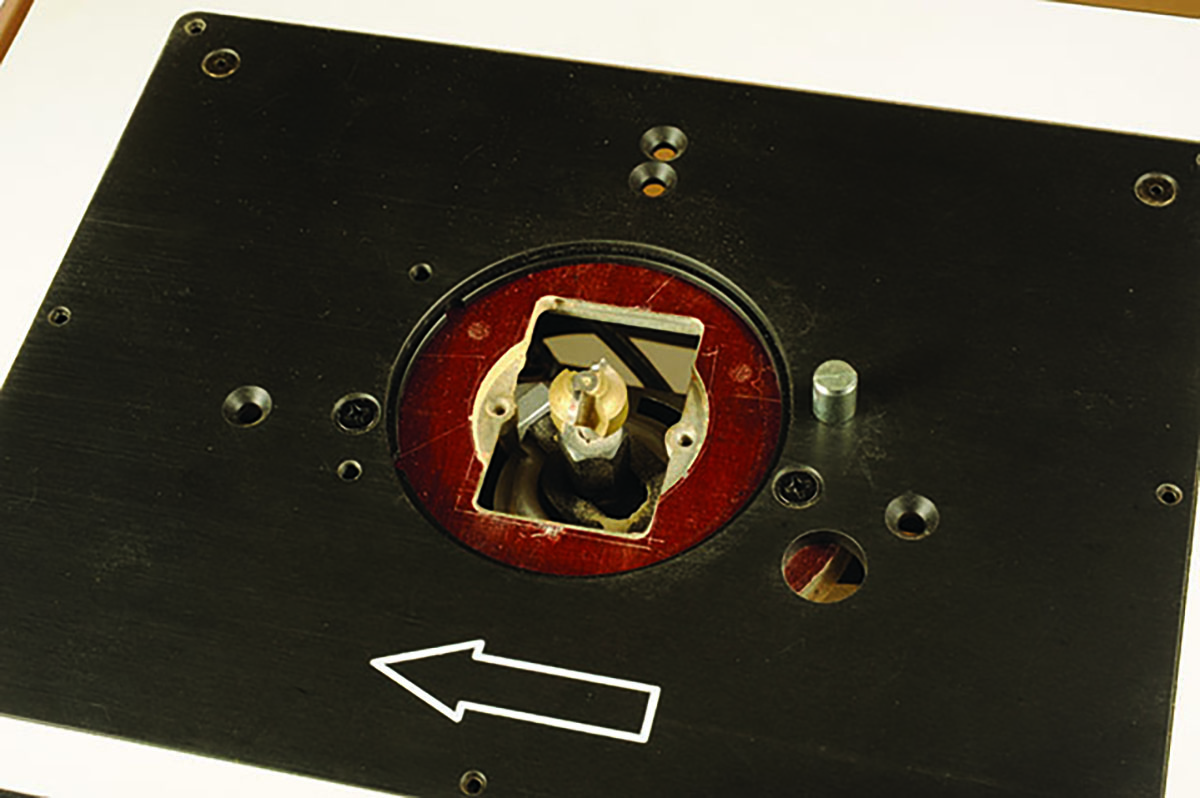
If you are machining curved components the insert plate will need a ‘lead-in’ pin or firmly clamp a wooden ‘finger’ on the table, so you can safely start the cut when working with bearing guided cutters.

